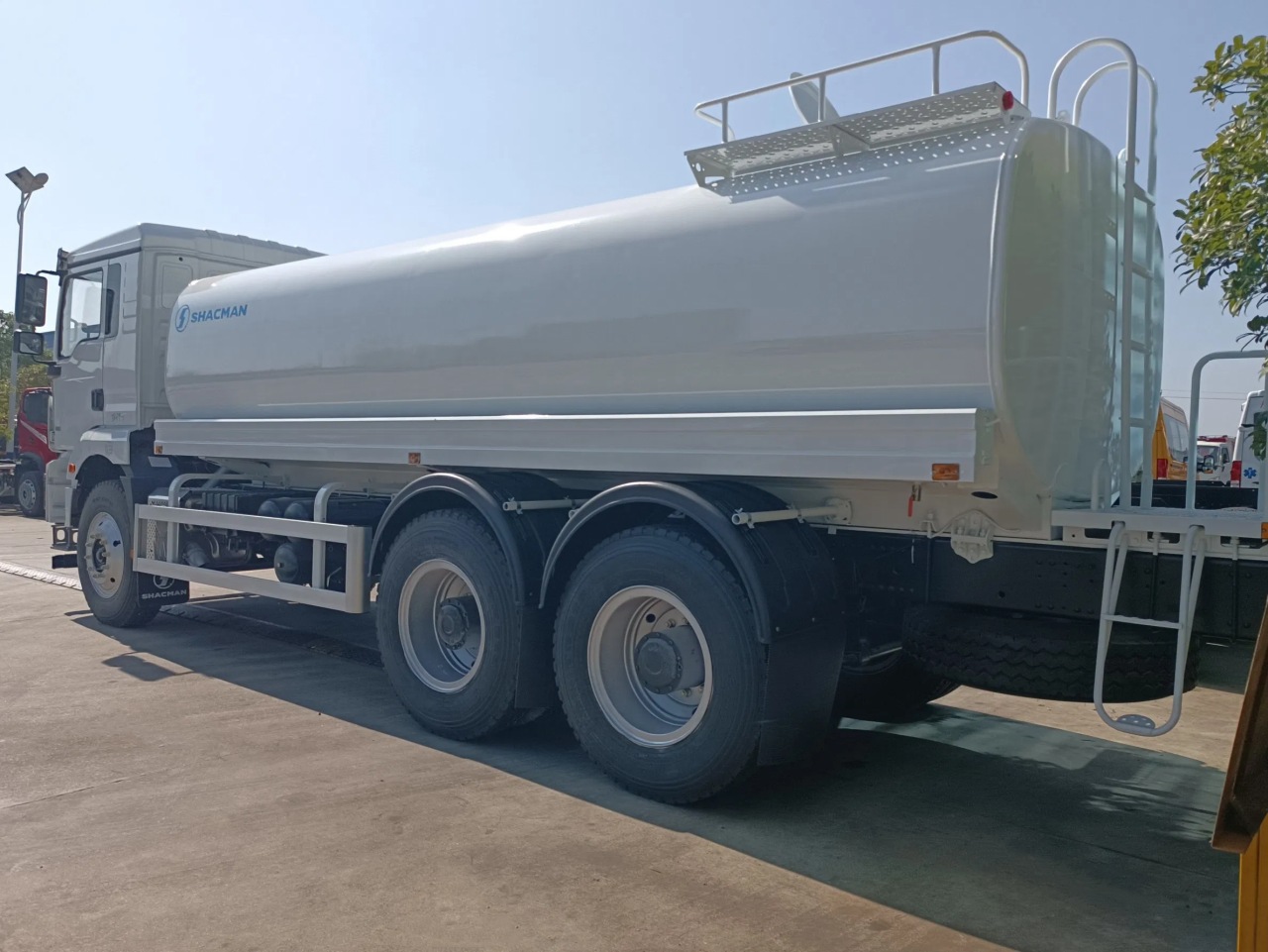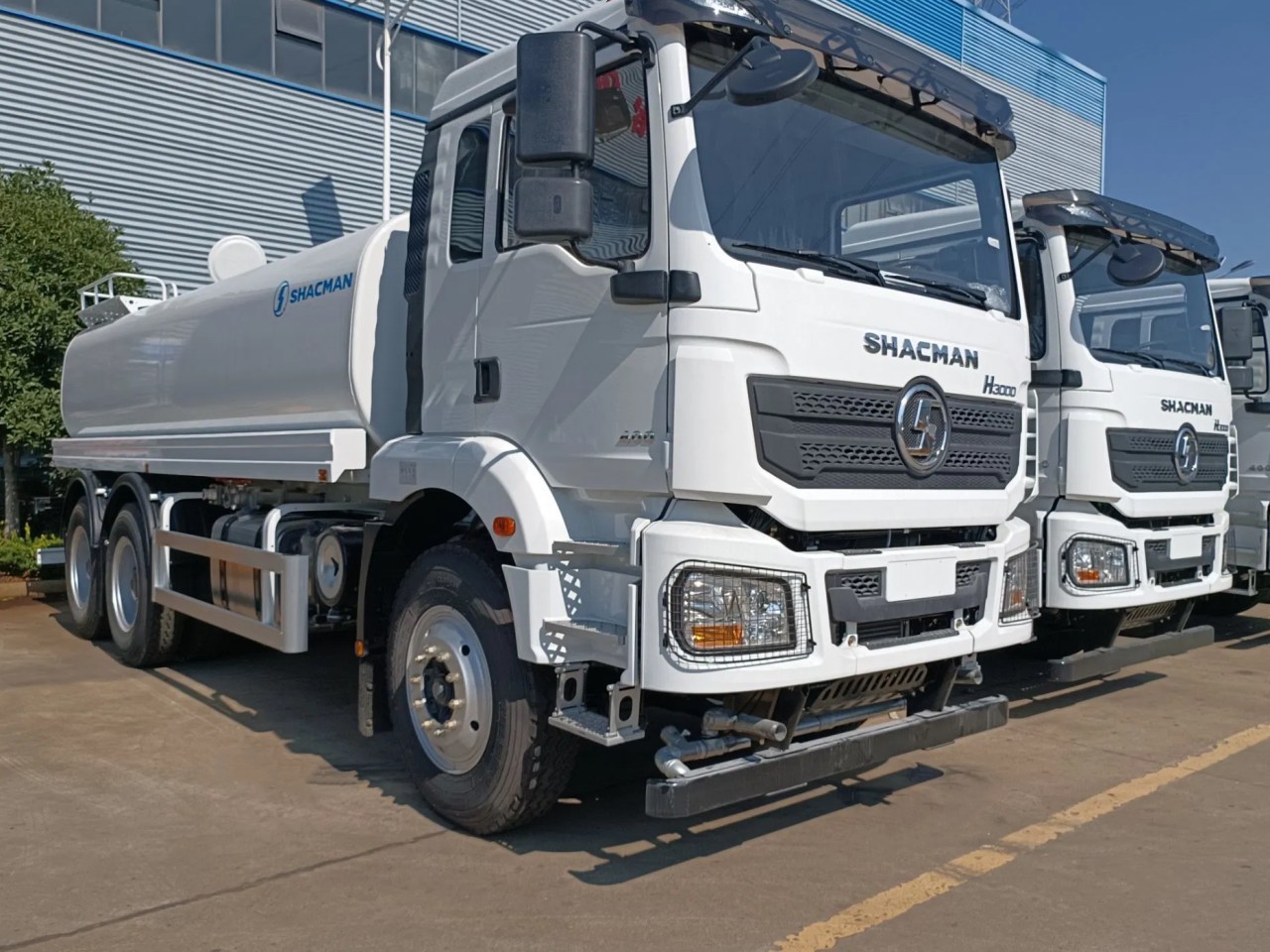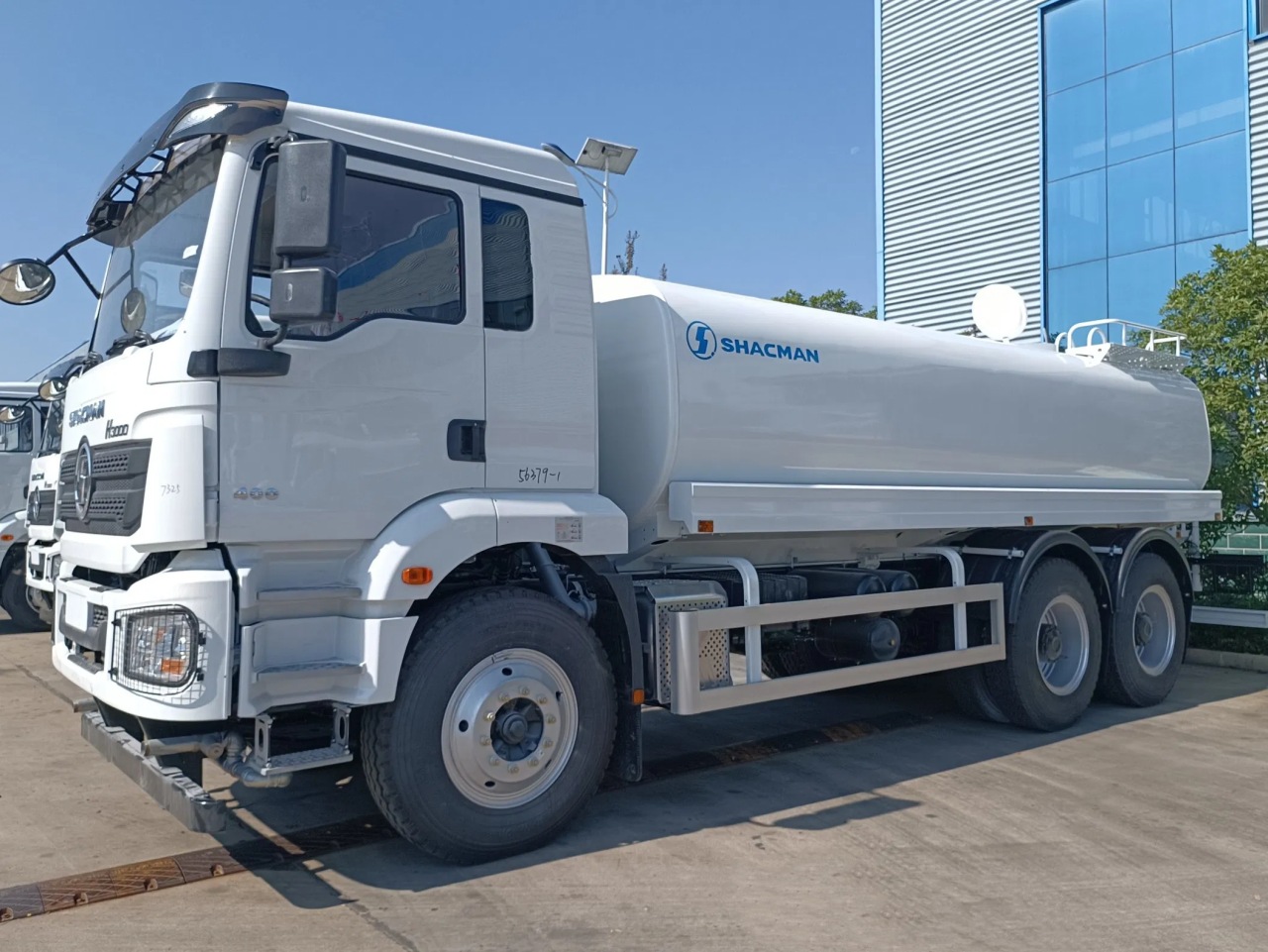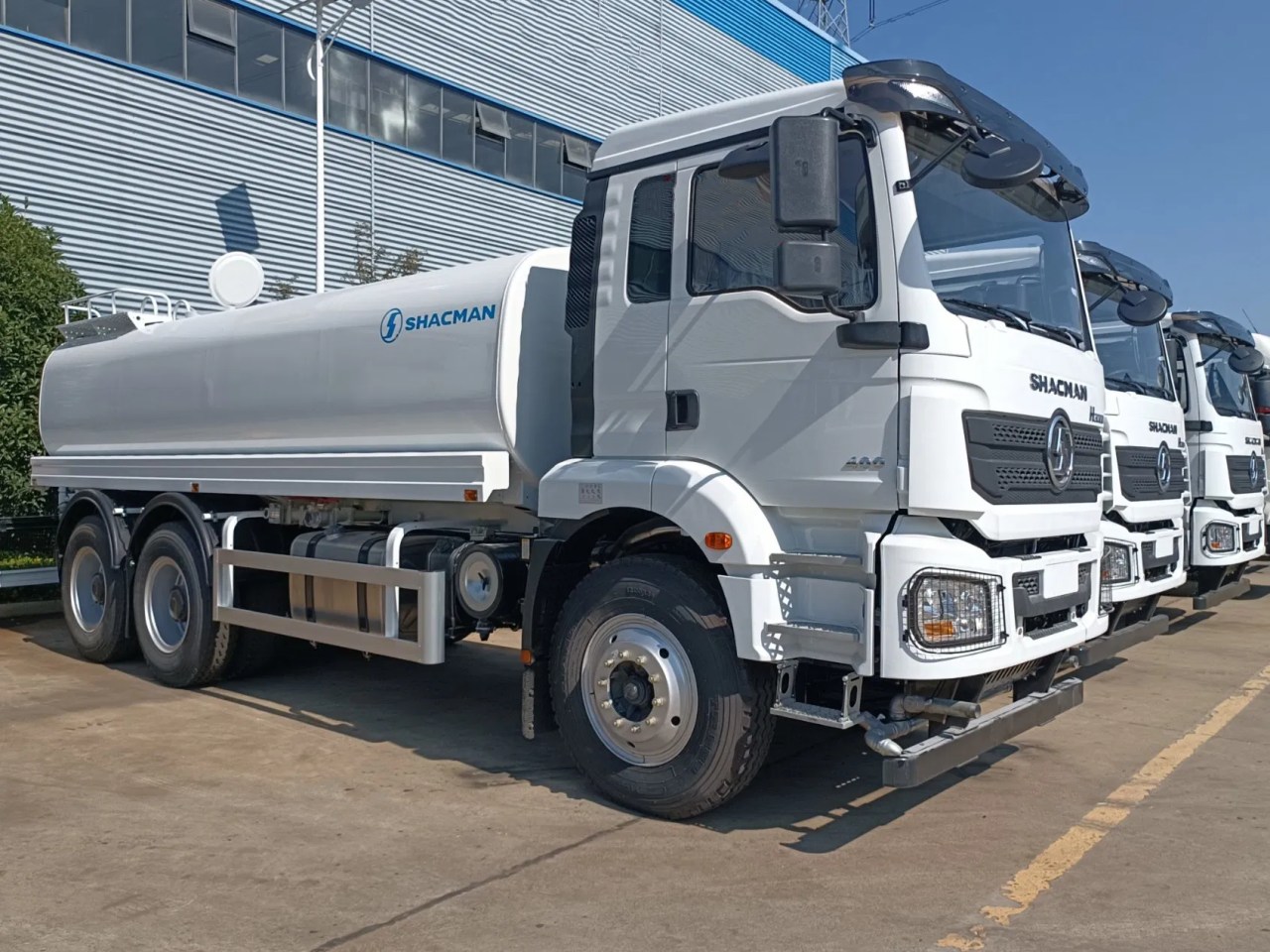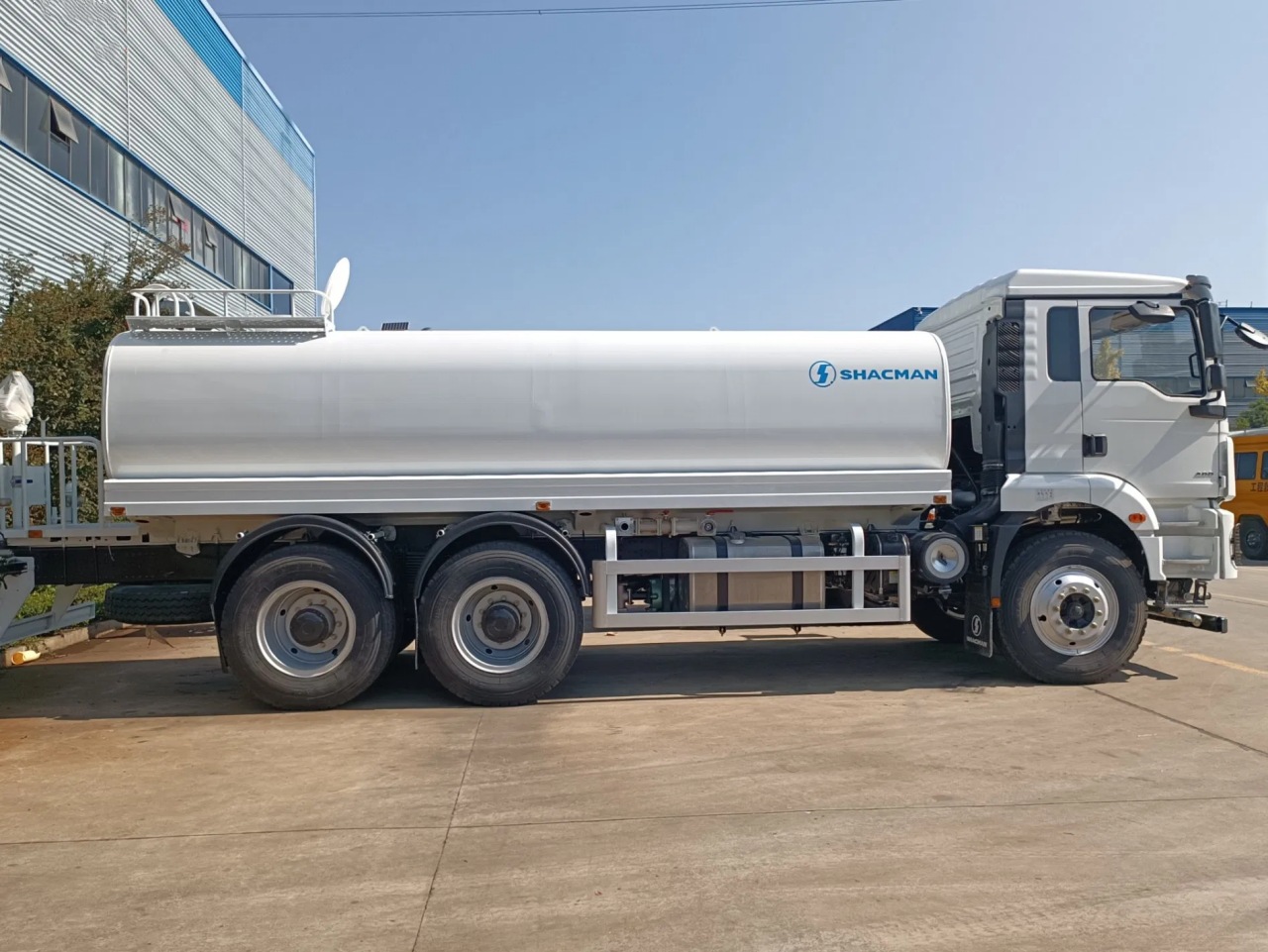In the fields of logistics, transportation, construction, and refueling operations, the terms “bowser” and “tanker” are frequently used. While they may appear similar—both being vehicles designed for transporting liquids or gases—their functions, designs, and typical uses differ significantly. Understanding the distinction between a bowser and a tanker is essential for industries involved in fuel distribution, water delivery, firefighting, agriculture, and chemical handling.
This article explores the key differences between a bowser and a tanker in terms of definition, structure, purpose, operational capabilities, and applications.
1. Definition and Terminology
Bowser
The term bowser originates from the name of Sylvanus Bowser, who is often credited with inventing the first fuel pump in the early 20th century. Over time, “bowser” evolved to describe mobile units used for storing and dispensing fuel or other liquids, particularly on-site.
A bowser typically refers to a smaller, mobile, often self-powered unit designed for dispensing liquids like fuel, water, or chemicals directly to equipment or machinery. Bowsers are commonly mounted on trailers, trucks, or even skids and are equipped with dispensing systems such as hoses, pumps, and meters.
Tanker
A tanker, on the other hand, generally refers to a large-capacity vehicle or trailer designed for bulk transport of liquids or gases over longer distances. Tankers can be rigid trucks or articulated semi-trailers, and they are optimized for volume, safety during transport, and efficient unloading at terminals or depots.
Tankers are used across many industries, including petrochemicals, food-grade liquid transportation, water delivery, and hazardous material handling.
2. Design and Structure
Bowser Design
Bowsers are typically smaller in size and constructed for accessibility and mobility. Key characteristics include:
- Tank Capacity: Usually ranges from a few hundred liters up to 5,000 liters (some large bowsers may go up to 10,000 liters).
- Mobility: Can be trailer-mounted, truck-mounted, or even skid-mounted for easy movement on construction or industrial sites.
- Dispensing Equipment: Comes with built-in pumps, hoses, nozzles, and meters to allow precise and controlled dispensing.
- Material: Constructed from materials such as steel, aluminum, or polyethylene, depending on the liquid they are designed to carry.
Tanker Design
Tankers are engineered for high-volume transport and long-haul operations. Their design typically includes:
- Tank Capacity: Ranges from 10,000 to 40,000 liters or more, depending on regulations and vehicle configurations.
- Chassis Configuration: Can be a rigid vehicle or a semi-trailer with multiple axles.
- Compartmentalization: Many tankers are divided into compartments for carrying different liquids or separating volumes for safety.
- Material: High-grade stainless steel or aluminum for fuel or food-grade liquids; reinforced composite materials for corrosive substances.
3. Primary Function and Use Cases
Bowser Uses
Bowsers are mainly used for on-site storage and refueling/dispensing, making them ideal for:
- Construction Sites: Refueling excavators, bulldozers, and generators.
- Agriculture: Transporting water or fertilizers to remote fields.
- Emergency Services: Supplying water or fuel in disaster areas or remote locations.
- Aviation: Small aircraft refueling at airstrips without fixed fueling stations.
- Events: Supplying water or fuel during temporary events or gatherings.
Tanker Uses
Tankers are primarily for bulk transportation, with applications including:
- Fuel Distribution: Transporting petrol, diesel, or aviation fuel from refineries to depots and retail stations.
- Food Industry: Moving edible liquids like milk, juice, or cooking oil.
- Water Delivery: Supplying potable or non-potable water to areas with inadequate supply.
- Chemical Transport: Carrying acids, bases, solvents, or other hazardous chemicals.
- Waste Management: Transporting liquid waste or sewage.
4. Operational Environment
Bowser Operations
Bowsers often operate in localized, off-road, or temporary environments. They are suitable for rugged terrains and areas where establishing permanent infrastructure is not feasible. Their smaller size allows easy maneuvering through narrow access points or on uneven ground.
Tanker Operations
Tankers are designed for road transport over long distances. They typically operate on highways, industrial transport routes, or between depots and terminals. Tankers require proper road infrastructure and compliance with transportation regulations, especially when carrying hazardous materials.
5. Regulatory and Safety Considerations
Both bowsers and tankers are subject to regulations, but the requirements differ due to their scale and purpose.
Bowser Regulations
- May require certification for carrying fuel or chemicals.
- Must follow safety standards for storage, dispensing, and spill prevention.
- Generally exempt from certain road transport laws if used off-road.
Tanker Regulations
- Must comply with national and international transport regulations (e.g., ADR in Europe, DOT in the U.S.).
- Require trained drivers with specific licenses (e.g., HAZMAT endorsement).
- Subject to regular inspections, maintenance protocols, and route restrictions.
6. Customization and Specialized Types
Specialized Bowsers
- Fuel Bowsers: Designed with explosion-proof components for safe fuel handling.
- Water Bowsers: Equipped for irrigation or dust suppression with spray bars or hoses.
- Chemical Bowsers: Made with corrosion-resistant materials and closed systems.
Specialized Tankers
- Vacuum Tankers: For waste suction and transport.
- Cryogenic Tankers: For liquefied gases like LNG or oxygen.
- Bitumen Tankers: Insulated and heated for transporting asphalt.
7. Cost and Economic Considerations
Bowser Costs
- Lower initial investment.
- Reduced fuel consumption and maintenance due to smaller size.
- Ideal for businesses that need mobility and flexibility.
Tanker Costs
- Higher initial capital and operational costs.
- A greater payload means a higher return on bulk delivery operations.
- Best for companies engaged in long-distance or high-volume logistics.
Conclusion
While bowsers and tankers both serve the essential purpose of transporting liquids, they are designed for fundamentally different roles. Bowsers are compact, mobile units ideal for local dispensing and refueling tasks. In contrast, tankers are high-capacity transport vehicles suited for bulk liquid transportation over longer distances.
Understanding their distinctions ensures that businesses and operators choose the right equipment for the task, balancing capacity, mobility, safety, and regulatory requirements. Whether you’re managing a construction site, agricultural operation, or a fuel distribution network, selecting between a bowser and a tanker can significantly impact operational efficiency and safety.
